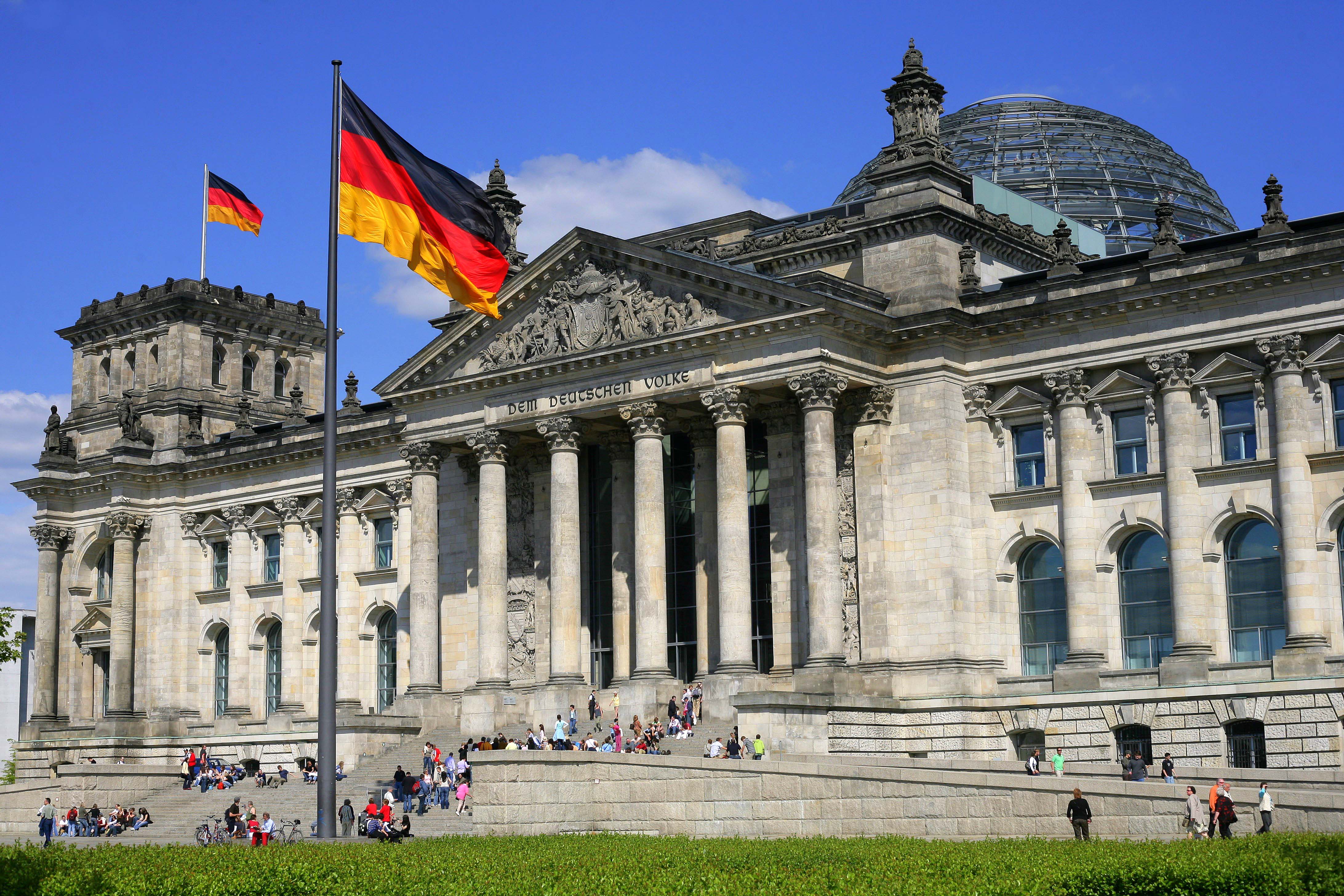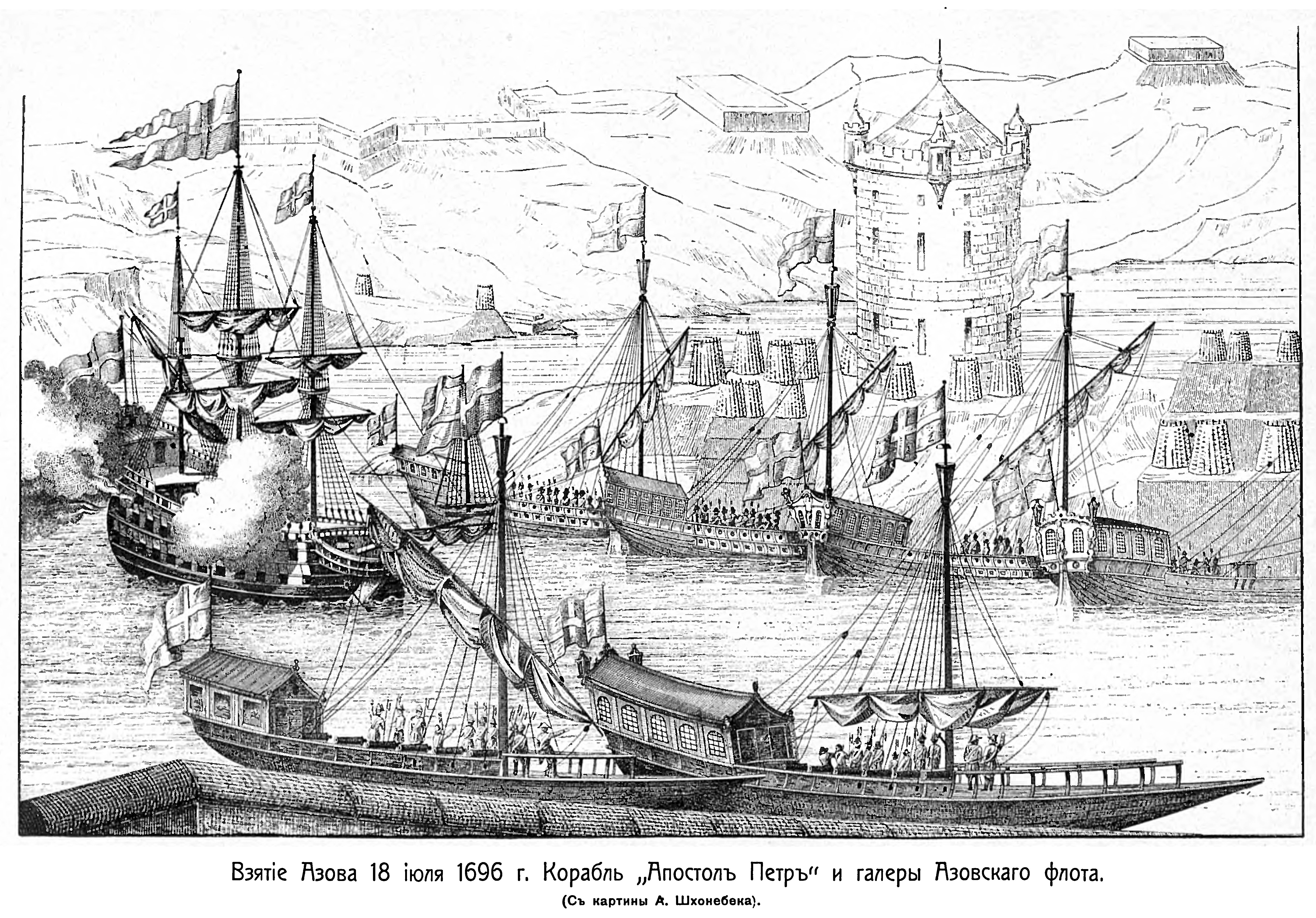|
Tricolour
A triband is a vexillological style which consists of three stripes arranged to form a flag. These stripes may be two or three colours, and may be charged with an emblem in the middle stripe. Not all tribands are tricolour flags, which requires three unique colours. Design Outside of the name, which requires three bands of colour, there are no other requirements for what a triband must look like, so there are many flags that look very different from each other but are all considered tribands. Some triband flags (e.g. those of Germany, Russia and the Netherlands) have their stripes positioned horizontally, while others (e.g. that of Italy) position the stripes vertically. Often the stripes on a triband are of equal length and width, though this is not always the case, as can be seen in the flags of Colombia and Canada. Symbols on tribands may be seals, such as on the Belizean flag, or any manner of emblems of significance to the area the flag represents, such as in the flags o ... [...More Info...] [...Related Items...] OR: [Wikipedia] [Google] [Baidu] |
Flag Of Italy
The flag of Italy (, ), often referred to as The Tricolour (, ), is a flag featuring three equally sized vertical Pale (heraldry), pales of green, white and red, with the green at the hoist side, as defined by Article 12 of the Constitution of the Italian Republic.wikisource:Constitution of Italy, Costituzione della Repubblica Italiana Art. 12, 22 dicembre 1947, pubblicata nella Gazzetta Ufficiale n. 298 del 27 dicembre 1947 edizione straordinaria (published in the Official Gazette [of the Italian Republic] No. 298 of 27 December 1947 extraordinary edition) "La bandiera della Repubblica è il tricolore italiano: verde, bianco, e rosso, a tre bande verticali di eguali dimensioni" The Italian law regulates its use and display, protecting its defense and providing for the Flag desecration, crime of insulting it; it also prescribes its teaching in Italian schools together with other national symbols of Italy. The Italian Flag Day named Tricolour Day was established by law n. 671 of 3 ... [...More Info...] [...Related Items...] OR: [Wikipedia] [Google] [Baidu] |
Flag Of Ireland
The national flag of Republic of Ireland, Ireland (), frequently referred to in Ireland as 'the tricolour' () and elsewhere as the Irish tricolour, is a vertical Tricolour (flag), tricolour of green (at the Flag terminology#Description of standard flag parts and terms, hoist), white and orange. The proportions of the flag are 1:2 (that is to say, flown horizontally, the flag is half as high as it is wide). Presented as a gift in 1848 to Thomas Francis Meagher from a small group of Women in France, French women sympathetic to Irish nationalism,Sean Duffy, The Concise History of Ireland, 2005 it was intended to symbolise the inclusion and hoped-for union between Roman Catholics (symbolised by the green colour) and Protestants (symbolised by the orange colour). The significance of the colours outlined by Meagher was, ''"The white in the centre signifies a lasting truce between Orange and Green and I trust that beneath its folds the hands of Irish Protestants and Irish Catholics m ... [...More Info...] [...Related Items...] OR: [Wikipedia] [Google] [Baidu] |
Flag Of Germany
The national flag of Germany () is a tricolour (flag), tricolour consisting of three equal horizontal bands displaying the national colours of Germany: Sable (heraldry), black, Gules, red, and Or (heraldry), gold (). The flag was first sighted in 1848 in the German Confederation. The flag was also used by the German Empire (1848–1849), German Empire from 1848 to 1849. It was officially adopted as the national flag of the German Reich (during the period of the Weimar Republic) from 1919 to 1933, and has been in use since its reintroduction in the Federal Republic of Germany in 1949. Since the mid-19th century, Germany has two competing traditions of national colours, black-red-gold and black-white-red. Black-red-gold were the colours of the German revolutions of 1848–1849, 1848 Revolutions, the Weimar Republic of 1919–1933 and the Federal Republic (since 1949). They were also Flag of East Germany, adopted by the German Democratic Republic (1949–1990). The colours Flag ... [...More Info...] [...Related Items...] OR: [Wikipedia] [Google] [Baidu] |
Flag Of France
The national flag of France () is a Tricolour (flag), tricolour featuring three vertical bands coloured blue (Flag terminology#Description of standard flag parts and terms, hoist side), white, and red. The design was adopted after the French Revolution, whose revolutionaries were influenced by the horizontally striped red-white-blue flag of the Netherlands. While not the first tricolour, it became one of the most influential flags in history. The tricolour scheme was later adopted by many other nations in Europe and elsewhere, and, according to the ''Encyclopædia Britannica'' has historically stood "in symbolic opposition to the Autocracy, autocratic and Ancien Régime, clericalist royal standards of the past". Before the tricolour was adopted the royal government used many flags, the best known being a blue shield and gold fleurs-de-lis (the Royal Arms of France) on a white background, or state flag. Early in the French Revolution, the Paris militia, which played a prominent ro ... [...More Info...] [...Related Items...] OR: [Wikipedia] [Google] [Baidu] |
Flag Of Russia
The national flag of the Russia, Russian Federation (, ) is a tricolour of three equal horizontal bands: white on the top, blue in the middle, and red on the bottom. The design was first introduced by Tsar Peter the Great in 1693, and in 1705 it was adopted as the civil ensign of the Tsardom of Russia; the flag continued to be used as a civil ensign under the Russian Empire. In 1858, Emperor Alexander II of Russia, Alexander II declared the black-yellow-white flag of the Russian Empire, black-yellow-white tricolour as the national flag, and in 1896 it was replaced by the white-blue-red tricolour by Nicholas II of Russia, Nicholas II. In 1917, following the October Revolution, the Bolsheviks banned the tricolour, though it continued to be flown by the White movement during the Russian Civil War. The Flag of the Russian Soviet Federative Socialist Republic, flag of the Russian SFSR was a red field with its Cyrillic script, Cyrillic acronym "РСФСР" in the upper-left corner, a ... [...More Info...] [...Related Items...] OR: [Wikipedia] [Google] [Baidu] |
Flag Of India
The national flag of India, Colloquialism, colloquially called Tiraṅgā (the tricolour), is a horizontal rectangular tricolour flag, the colours being of India Saffron (color)#Political & religious uses, saffron, white and Variations of green#India green, India green; with the , a 24-spoke wheel, in navy blue at its centre. It was adopted in its present form during a meeting of the Constituent Assembly of India, Constituent Assembly held on 22 July 1947, and it became the official flag of the Dominion of India, Union of India on 15 August 1947. The flag was subsequently retained as that of the Republic of India. In India, the term "tricolour (flag), tricolour" almost always refers to the Indian national flag. The current Indian flag was designed by Pingali Venkayya based on the ' flag, a flag of the Indian National Congress adopted by Mahatma Gandhi after making significant modifications to the design proposed by Pingali Venkayya. This flag included the Spinning_wheel#Charkha ... [...More Info...] [...Related Items...] OR: [Wikipedia] [Google] [Baidu] |
Flag Of The Netherlands
The national flag of the Netherlands () is a horizontal tricolour (flag), tricolour of red, white, and blue. The current design originates as a variant of the late 16th century orange-white-blue ''Prince's Flag, Prinsenvlag'' ("Prince's Flag"), evolving in the early 17th century as the red-white-blue ''Statenvlag'' ("States Flag"), the naval flag of the States General of the Netherlands#Dutch Republic, States-General of the Dutch Republic, making the Dutch flag the oldest Tricolour (flag), tricolour flag in continuous use. As a flag that symbolises the transformation from monarchy to republic, it has inspired both the derivative Flag of Russia, Russian flag, and after the French Revolution in 1789, the vertically striped Flag of France, French tricolour; both flags in turn influenced many other tricolours. During the 1920s and the economic crisis of the 1930s, the old Prince's Flag with the colour orange gained some popularity among Dutch Reformed Church, Protestants, Orangis ... [...More Info...] [...Related Items...] OR: [Wikipedia] [Google] [Baidu] |
Flag
A flag is a piece of textile, fabric (most often rectangular) with distinctive colours and design. It is used as a symbol, a signalling device, or for decoration. The term ''flag'' is also used to refer to the graphic design employed, and flags have evolved into a general tool for rudimentary signalling and identification, especially in environments where communication is challenging (such as the Maritime flag, maritime environment, where Flag semaphore, semaphore is used). Many flags fall into groups of similar designs called flag families. The study of flags is known as "vexillology" from the Latin , meaning "flag" or "banner". National flags are patriotic symbols with widely varied interpretations that often include strong military associations because of their original and ongoing use for that purpose. Flags are also used in messaging, advertising, or for decorative purposes. Some military units are called "flags" after their use of flags. A ''flag'' (Arabic: ) is equival ... [...More Info...] [...Related Items...] OR: [Wikipedia] [Google] [Baidu] |
Flag Of Romania
The national flag of Romania () is a Tricolour (flag), tricolour featuring three equal vertical bands colored blue (at the flagpole), yellow and red, with a width to length ratio of 2:3. The current version was adopted in 1989 in the wake of the Romanian Revolution and is defined in the Constitution of Romania as well as by organic law 75/1994, plus several later clarifications. Starting in 2023, the law provides exact color shades for print and digital purposes. The colors have seen documented use individually or in pairs on official insignia and symbols as far back as the 14th century but they were first officially used together on a flag in the 19th century. While the flag has undergone multiple variations over the years, the overall design has remained fairly consistent, using the same colors and with similar placement of the bands relative to each other. Legal framework and specifications Law no. 75/1994 specifies that the flag height is 2/3 of the width and that the co ... [...More Info...] [...Related Items...] OR: [Wikipedia] [Google] [Baidu] |
Statenvlag
The ''Statenvlag'' ("States Flag") is the name of the flag of the States-General of the Dutch Republic, the red-white-blue tricolour flag replacing the older orange-white-blue Prince's Flag in the mid 17th century. The modern national flag of the Netherlands, the exact colours of which were confirmed in 1937, is based on this historical flag. It also resembles the modern Flag of Luxembourg. History The origin of the red-white-blue tricolour is not entirely clear; some sources suggest that it developed merely as a variant of orange-white-blue because the orange dye would tend to fade to red over time. However, there have also been suggestions to the effect that the red-white-blue flag might predate the introduction of the Prince's Flag in the 1570s. Thus, Muller (1862) suggested that the colours were taken from the coat of arms of the Bavarian house, the rulers of the county of Holland during 1354–1433, who used the Bavarian coat of arms quartered with the arms of the ... [...More Info...] [...Related Items...] OR: [Wikipedia] [Google] [Baidu] |



